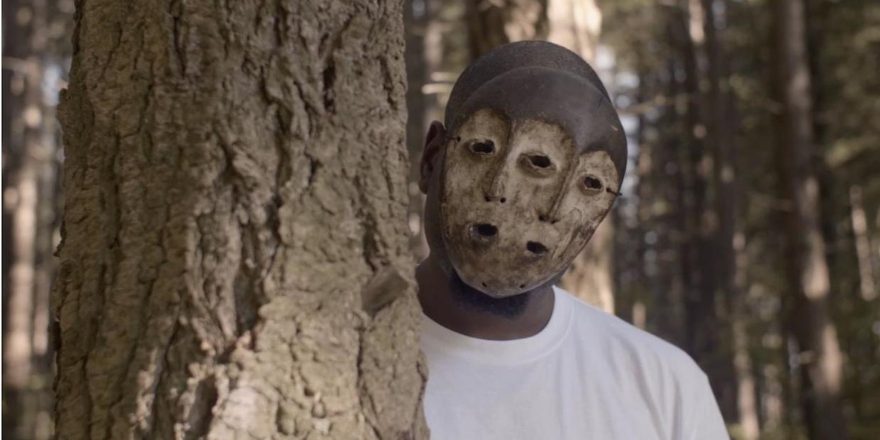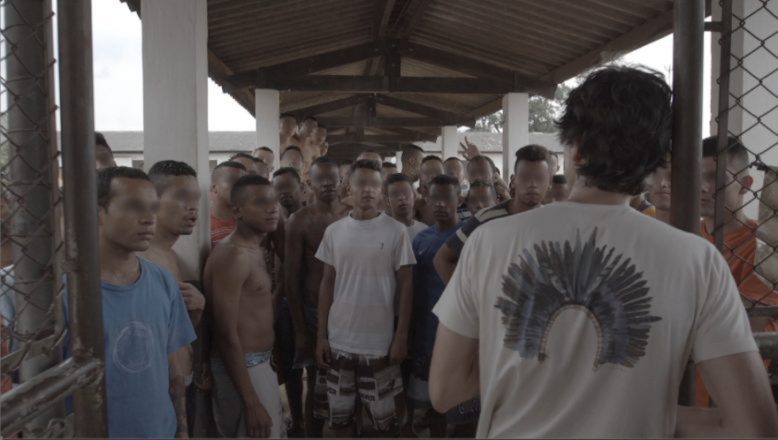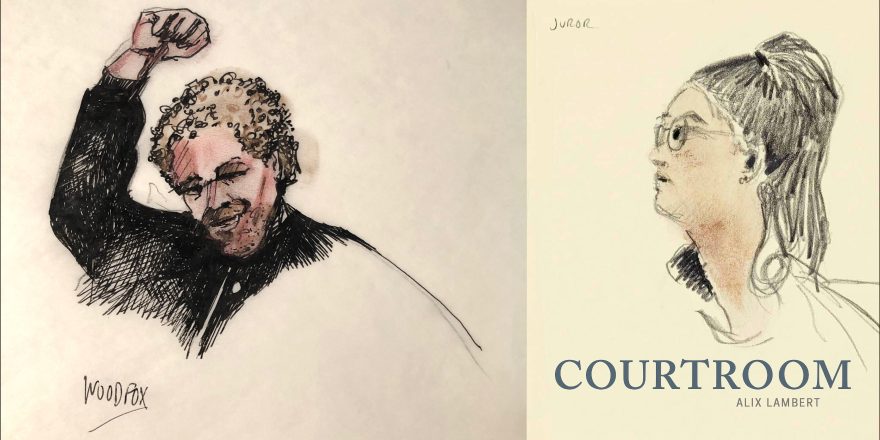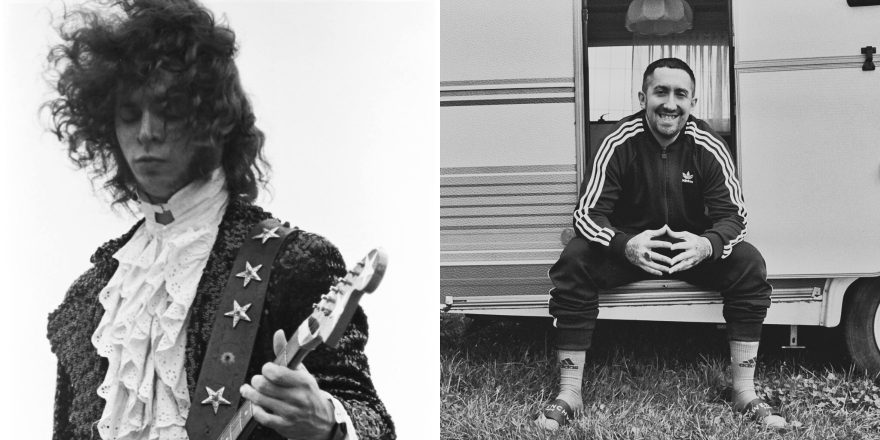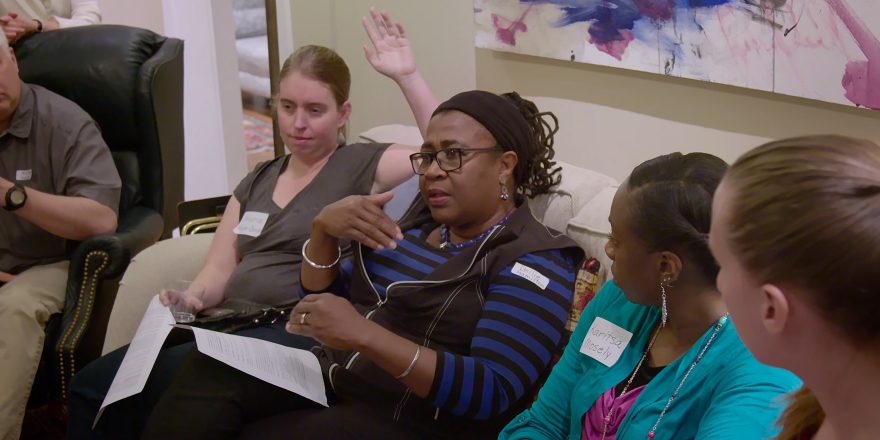“The role of the artist is like a lover. If I love you, I have to make you conscious of things you don’t see.” ― James Baldwin, novelist
“… art is … to imagine what is possible” – bell hooks, author
I am a storyteller fired in a kiln of filmmaking to inspire imagination and possibilities. For me, films do more than entertain. Art offers another lens to see, contemplate and act. I want my films to be revelatory, to enliven questions that offer metaphors, discomfort and love, to craft connections to people, places and ideas as well as guide us to terrain where we dare not tread. My tendency is to weave stories using visual metaphors to illuminate subjects’ perspectives; not to freeze the subjects’ frame, but rather to guide audiences to imagine beyond the screen – all the while opening a pathway to consider the humanity in all of us.
This journey of filmmaking started while I was growing up in a Black working-class family in Detroit, Michigan. As a child, I often sat in a dark closet with a flashlight, watching shadows create shapes. In “nothing,” I discovered so much. My discoveries through light and shadow are where stories took shape, and they still inform my filmmaking and art installations. I have screened my work throughout the U.S., Europe and Africa. My films include stories of resilience of Liberian women and child refugees in Ghana, generations of Black families in an urban neighborhood, and stories of folklore started by Zora Neale Hurston in Alabama’s AfricaTown. Recently, in 2020, I completed my first feature-length documentary, Since I Been Down.
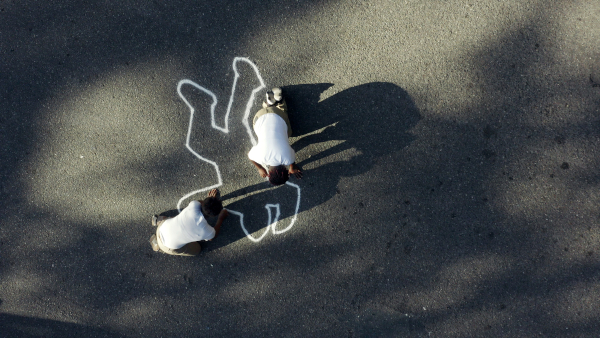
My philosophy as a filmmaker is informed by the stories I see, hear and feel in my world, as well as by the imagination these stories conjure. I love the films of Malian filmmaker Abderrahmane Sissako. For me, Sissako’s films stimulate a conversation with his audience. I enjoy how he broadens the dialogue not to show pathos or reality, but as James Baldwin writes about the role of an artist, “to make you conscious of things you don’t see.” Sissako breathes life into that phrase.
I made several mistakes coming into my filmmaking. In the past, with my urge to be organized, I created tight schedules and precise story outlines, not realizing I was strangling the subject and the narrative, perpetuating a stereotype of good and evil, not the complicated fabric of the human condition, characters, issues and ideas. I did not take risks or stay silent as people reflected on their stories. The late filmmaker Kathleen Collins became a model for me. Collins oftentimes used a fragmented narrative structure as she broke through boundaries and stereotypes, particularly of Black women in love and work. My films attempt to not only break through a linear narrative structure, but also break through genres, particularly documentary and dramatic film genres. The Paris-based Martinique filmmaker Euzhan Palcy has been my example for me in this regard. Palcy’s films are like docudramas, crossing genres of ethnographic documentaries and fictional films. She deals with human values, integrating what is known and uncovering what is unknown. Her films do not seem to age. By transcending genres, she has inspired me to make films for yesterday, today and tomorrow.
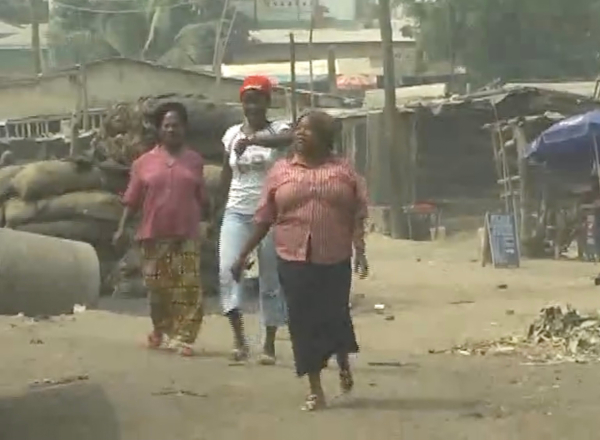
These filmmakers have informed Since I Been Down. The idea for the film emerged as I was finishing shooting a documentary, Women Together as One, in the Budaburum Liberian refugee camp in Ghana. A woman in the camp said, “You know, sis, the same AK47 in child soldiers’ hands in Liberian civil war are in your children’s hands. You need to do something about that.” After that statement, Since I Been Down was born and started me on a 12-year journey. This length of time allowed me to get close to and gain the trust of my subjects. I moved from being called Dr. Sheppard, to Prof. Sheppard, to Auntie Gilda, to Mama G. This naming transition symbolized an intimacy of building a shared community where we could either agree or disagree, and feel safe to discover ways of practicing solidarity. Throughout this journey, I became deeply concerned with how the culture of punishment impacts the lives of children. Looking around in my home state, Washington, and particularly the city of Tacoma, I noticed this impact acutely.
In 1993, Washington was the first state in the U.S. to pass the three-strikes law and sent children, considered “irredeemable super-predators,” to prison for life without parole. Influenced by the national drug war frenzy and escalating gang-related crime, during the fear-based political policies of the 1980s and ’90s, Tacoma, Washington, sacrificed its most vulnerable children and destined a generation of young men to live their lives out behind bars.
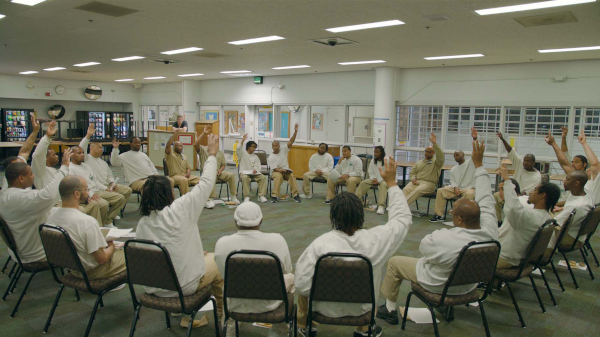
Thrown into prison not for education or rehabilitation but for removal and punishment (out of sight, out of mind), these children – who are now adults – could not be silenced. Together they built a prisoners’ community of healing that extended beyond prison walls. Since I Been Down chronicles their dramatic story, following the efforts of prisoner Kimonti Carter and a wide group of other inmates as they break free from their fate to create a model of education that is transforming their lives, their communities, our prisons and our own humanity.
How could I break through the chains of didactic storytelling through art to touch audiences in a new and deeper way? During interviews with former gang affiliates talking about gang activities – weaving love of camaraderie, fear/violence and childhood fantasy – I enlisted children, wearing capes and masks and playing as if their hands were guns, to dramatize this activity, an employment of the cinematic style of Andrei Tarkovsky, with his seamless blending of real time, dream and memory. I used this technique in my interviews where documentation waits patiently for cinema vérité to happen.
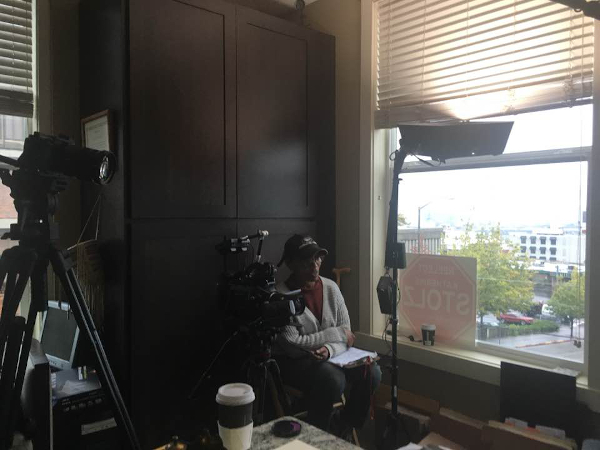
Using styles informed by the global Third Cinema movement, the Black Arts Movement and L.A. Rebellion filmmakers such as Charles Burnett and Haile Gerima, I integrate an interdisciplinary approach to art using dance and masquerade to provide tenderness, rhythm and urgency.
My desire is to have my films imagine justice through healing, systemic change and agency, while we dream and dialogue together cinematically. No slow fade into gore as the leitmotif of my filmmaking. I find my subjects on the margin, which bell hooks calls “a place of radical possibilities.”
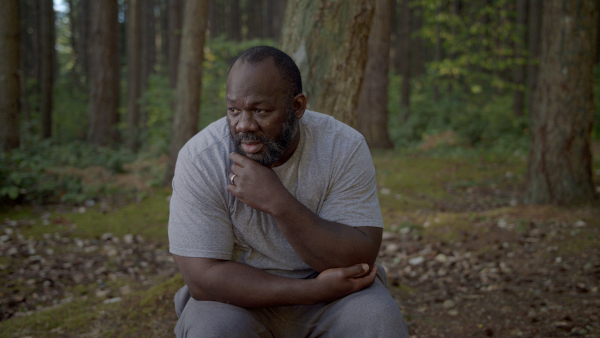
Since I Been Down’s impact campaign is dedicated to broadening conversations across significant differences to inspire all of us to become visionary. As bell hooks writes, “to be truly visionary we have to root our imagination in our concrete reality while simultaneously imagining possibilities beyond that reality.” Since I Been Down aims to stimulate legislative change, scaling in-prison education programs and building a pathway to healing from the people furthest down.
Our film bears witness to the triumph of the human spirit, allowing us to take a long look at our own humanity.
As Bertolt Brecht writes, “Art is not a mirror to hold up to society, but a hammer with which to shape it.”
Featured image showing Marcus Cooper in Since I Been Down is by Canh Nguyen. All photos courtesy Gilda Sheppard.


